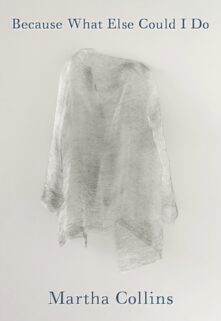Books
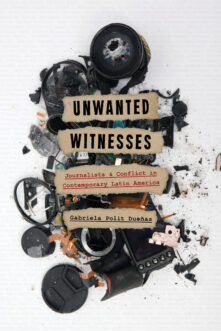
Unwanted Witnesses
Journalists and Conflict in Contemporary Latin America
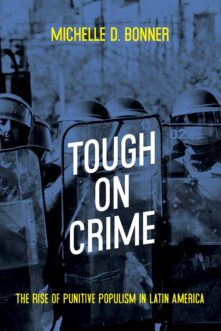
Tough on Crime
The Rise of Punitive Populism in Latin America
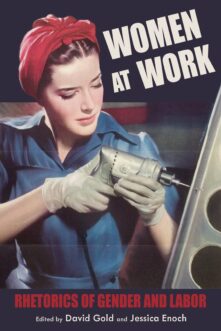
Women at Work
Rhetorics of Gender and Labor
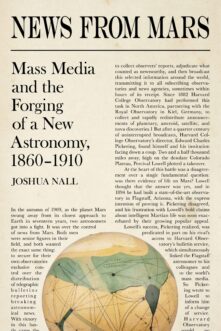
News from Mars
Mass Media and the Forging of a New Astronomy, 1860-1910
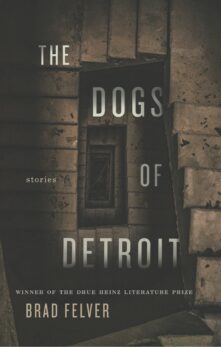
The Dogs of Detroit
Stories
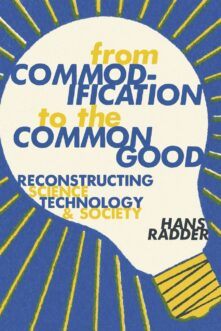
From Commodification to the Common Good
Reconstructing Science, Technology, and Society

Ringer
Poems
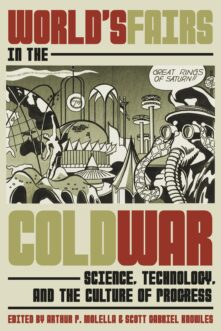
World’s Fairs in the Cold War
Science, Technology, and the Culture of Progress
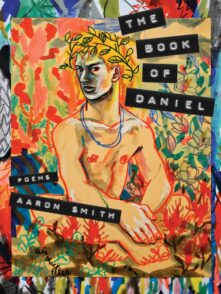
The Book of Daniel
Poems
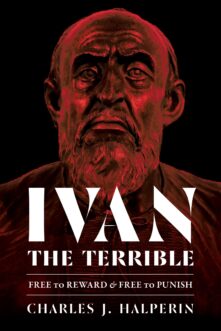
Ivan the Terrible
Free to Reward and Free to Punish
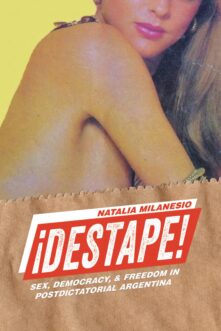
Destape
Sex, Democracy, and Freedom in Postdictatorial Argentina
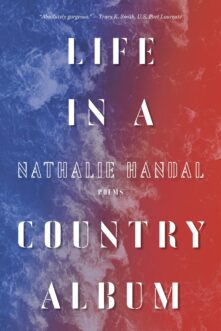
Life in a Country Album
Poems
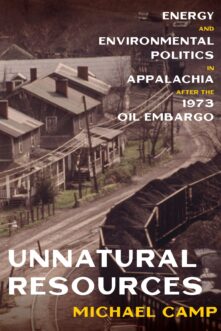
Unnatural Resources
Energy and Environmental Politics in Appalachia after the 1973 Oil Embargo
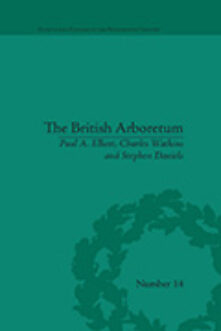
The British Arboretum
Trees, Science and Culture in the Nineteenth Century
Total 1551 results found.


